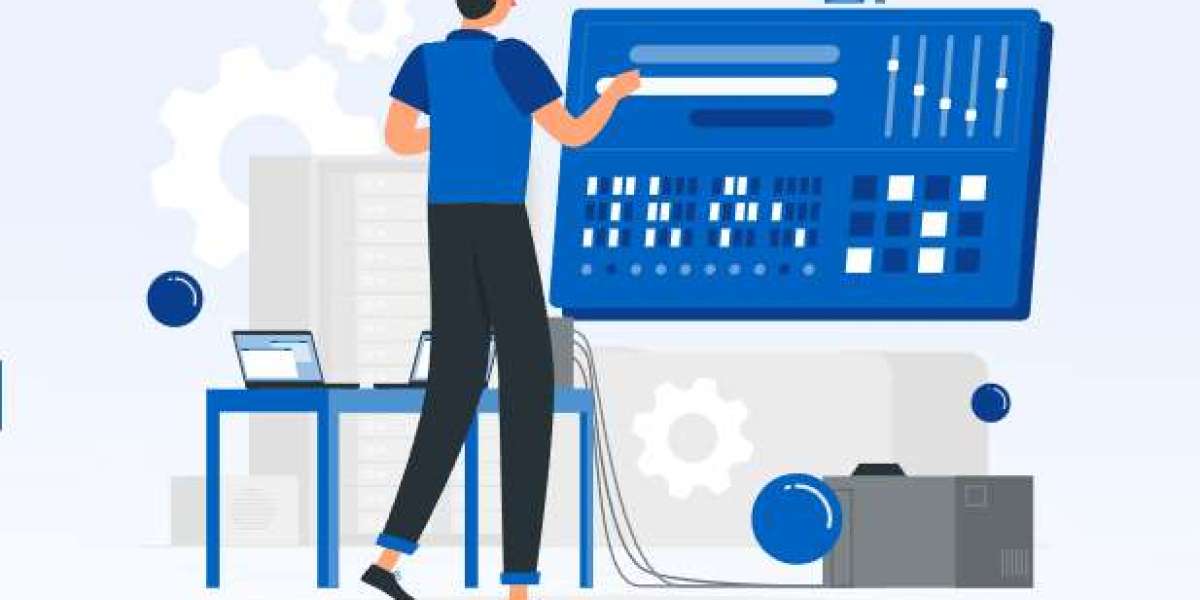Understanding Legacy Systems
Legacy systems refer to outdated computing software or hardware that remains in use, despite the availability of newer, more efficient alternatives. These systems are often built on obsolete programming languages, operate on aging hardware, and lack support or updates from vendors.
Common examples include:
On-premise ERP systems developed decades ago
Mainframe applications running COBOL
Outdated CRM platforms with limited integration capabilities
Custom-built applications lacking documentation or developer support
Many of these systems were robust in their time but have since become difficult to maintain and incompatible with modern tools. Despite their obsolescence, some organizations cling to them due to perceived stability, sunk costs, or fear of disruption during migration.
Key Challenges of Legacy Systems
1. Security Vulnerabilities
Older systems are more susceptible to cyberattacks. Without regular updates, patches, and support from vendors, legacy systems become easy targets for hackers. According to a 2023 report by IBM, legacy software was a contributing factor in 60% of data breaches among enterprises.
2. High Maintenance Costs
Maintaining legacy systems is expensive. Organizations spend significant resources on patching outdated code, purchasing replacement parts for obsolete hardware, and hiring specialists who understand antiquated languages like COBOL or Fortran. These costs often outweigh the investment needed for modernization.
3. Lack of Scalability
Legacy systems weren’t built for the scalability demands of today’s businesses. Whether you’re expanding globally, launching new digital products, or managing large volumes of data, outdated infrastructure can’t keep up.
4. Limited Integration Capabilities
Modern tools like cloud computing, AI, machine learning, and analytics platforms offer powerful capabilities—but only if they can integrate with existing systems. Legacy systems often lack APIs and other connectivity features, making integration slow, complex, or impossible.
5. Poor User Experience
Old interfaces and clunky workflows frustrate both employees and customers. This inefficiency leads to productivity loss, higher training costs, and reduced customer satisfaction.
Benefits of Modern Technology
The shift from legacy to modern systems is more than a technological upgrade—it’s a strategic transformation. Modern platforms empower businesses to be agile, responsive, and future-ready.
1. Cloud-Based Flexibility
Modern systems are often cloud-native or cloud-compatible, allowing businesses to scale effortlessly, ensure uptime, and reduce costs related to on-premise infrastructure.
2. Improved Security and Compliance
Contemporary platforms adhere to modern security standards and compliance protocols such as GDPR, HIPAA, or ISO 27001. They receive regular updates, threat intelligence, and patches from vendors.
3. Enhanced Productivity and Collaboration
Modern tools feature intuitive interfaces, automation capabilities, and seamless integration across departments—resulting in increased efficiency, faster workflows, and better collaboration.
4. Data-Driven Decision-Making
Modern platforms come with robust analytics and AI-driven insights, allowing businesses to make informed decisions, forecast trends, and personalize customer experiences.
5. Faster Innovation
With scalable architectures, microservices, and DevOps practices, modern systems allow faster deployment of new features, testing of ideas, and adaptation to market changes.
Why Businesses Delay Modernization
Despite the clear benefits, many organizations hesitate to move away from legacy systems due to several concerns:
Cost of Transition: Migrating to a new system can be expensive upfront, even though it’s more cost-effective long-term.
Fear of Disruption: Businesses worry about downtime or data loss during the migration process.
Skill Gaps: The in-house team may lack the expertise needed for new technologies.
Cultural Resistance: Change management can be difficult, especially in companies with established workflows and routines.
While these concerns are valid, they can be addressed with proper planning and expert guidance.
Why It’s Time to Upgrade Now
The pace of technological evolution is accelerating. Here are some compelling reasons why delaying modernization is no longer an option:
1. Competitive Disadvantage
Competitors leveraging modern technology will outpace you in customer experience, product innovation, and operational efficiency. Sticking with outdated systems can result in losing market share.
2. Increased Risk Exposure
Cyber threats are more sophisticated than ever. Every day you operate on a legacy system is a day your data and customers are at risk.
3. Compliance Pressures
With increasing regulatory scrutiny across industries, maintaining compliance on outdated systems becomes a liability. Upgrading helps meet current standards and avoid hefty penalties.
4. Workforce Expectations
Today’s workforce expects modern tools that enable remote work, collaboration, and innovation. Legacy systems can hinder employee satisfaction and retention.
5. Customer Demands
Customers demand seamless digital experiences—fast, secure, and personalized. Outdated systems often lead to slow service, errors, and broken customer journeys.
The Role of Digital Transformation Services
Upgrading from legacy to modern systems is complex and often requires a strategic partner. This is where digital transformation services come into play. These services help organizations:
Assess their current IT landscape
Identify gaps and areas of improvement
Develop a roadmap for modernization
Choose the right platforms and technologies
Manage migration, integration, and training
By working with experienced consultants, businesses can ensure a smooth transition, minimize risk, and maximize ROI.
Steps to Successfully Transition from Legacy to Modern Tech
1. Audit and Assess
Start by evaluating the current state of your IT infrastructure. Identify which systems are critical, which can be retired, and which need replacement or integration.
2. Define Clear Objectives
Outline the goals of the transformation—whether it's cost reduction, increased agility, better customer service, or improved compliance.
3. Prioritize High-Impact Areas
Not everything needs to change at once. Start with systems that have the most impact on your operations or customer experience.
4. Choose the Right Tech Stack
Select modern platforms that align with your business goals. Cloud-based, API-driven, and AI-enhanced technologies offer the best foundation for future growth.
5. Implement in Phases
Avoid business disruption by rolling out changes incrementally. Use pilot programs to test new systems and gather feedback.
6. Train and Support Your Team
Ensure your staff is equipped to use the new tools. Provide training sessions, documentation, and ongoing support.
7. Monitor and Optimize
Post-deployment, monitor performance and user feedback. Make adjustments to improve outcomes continuously.
Case Study: How Modernization Transformed a Financial Firm
A mid-sized financial firm operating on legacy COBOL-based systems struggled with compliance, security, and slow processing times. After partnering with a digital transformation services provider, they migrated to a cloud-based architecture with real-time analytics and enhanced security protocols.
Results included:
40% reduction in operational costs
50% faster transaction processing
80% increase in customer satisfaction scores
Full compliance with regulatory standards
This transformation not only improved operations but positioned the firm as an industry innovator.
Conclusion: Future-Proof Your Business
Legacy systems are no longer just an inconvenience—they're a liability. As customer expectations rise and technological advancements accelerate, businesses must adapt or risk becoming obsolete. Modernizing your infrastructure is not merely a tech upgrade; it’s a strategic imperative that can drive innovation, security, and long-term growth.
Embracing digital transformation services can ensure a successful journey from outdated systems to a modern, agile, and competitive enterprise. The time to upgrade isn’t next year, next quarter, or even next month. The time is now.






